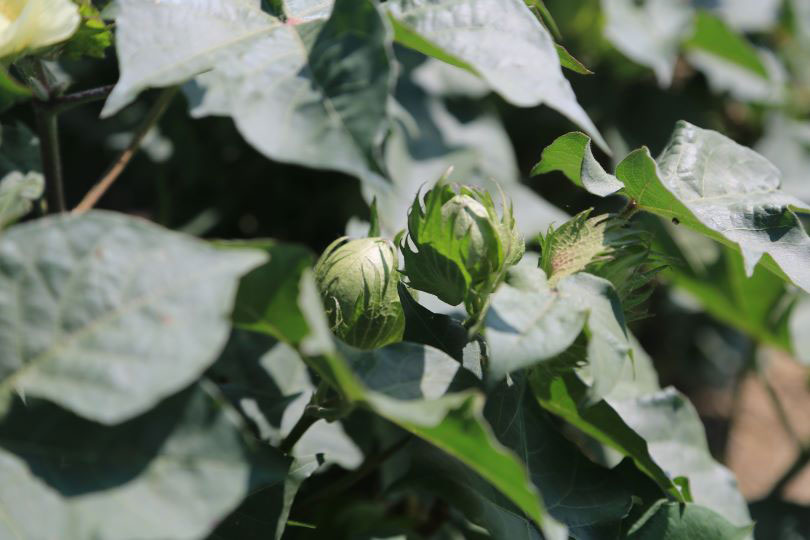By Jennifer Dorsett
Field Editor
Since 2013, cotton acreage in the Texas High Plains has more than doubled.
That’s according to Texas A&M University AgriLife Extension Service specialists, who say the trend is expected to continue.
“The most interesting commonality among the counties with the most growth is their location. Four of the five are located north, or largely north, of the Interstate 40 corridor,” Dr. Justin Benavidez, AgriLife Extension economist in Amarillo, said. “The growth in cotton acreage north of Amarillo is largely a result of agronomic factors and, one year of difficult planting aside, doesn’t seem to be slowing down.”
Total cotton acres in the northernmost 26 counties of Texas, or the High Plains Trade Area, increased 126 percent from 2013 to 2019, according to Benavidez.
He said the area’s cotton acreage grew 8.6 percent annually, from 404,000 acres in 2013 to about 915,000 acres. The most significant increase came from Carson, Hansford, Moore, Parmer and Sherman counties, where farmers planted over 250,000 acres of cotton.
The increase in cotton acreage also resulted in an increase in cotton cash receipts across the High Plains. Benavidez said cash receipts in cotton nearly doubled from $272 million in 2013 to $519 million in 2018.
“There are also economic forces suggesting more cotton acres substituted for corn acres this year,” he said. “The ratio of December corn futures prices to December cotton prices is a commonly-used early indicator of acres planted to cotton, and currently, it indicates the projection for cotton profitability has improved relative to the projection of corn profitability.”
The shift in acreage has much to do with water availability in the area, explained Dr. Jourdan Bell, AgriLife Extension agronomist in Amarillo.
As Ogallala Aquifer levels continue to decline, farmers are finding it difficult to meet the water demands of the region’s more traditional corn crops.
Cotton is more drought-tolerant than corn, she said, so rotating corn and cotton crops allows farmers to concentrate their irrigation efforts on corn while still turning a profit on their remaining acreage.
New early and early mid-maturity cotton varieties are better adapted to the region and have improved yield potentials, Bell added.
Click here for more information on High Plains cotton varieties, economics and supplies.

